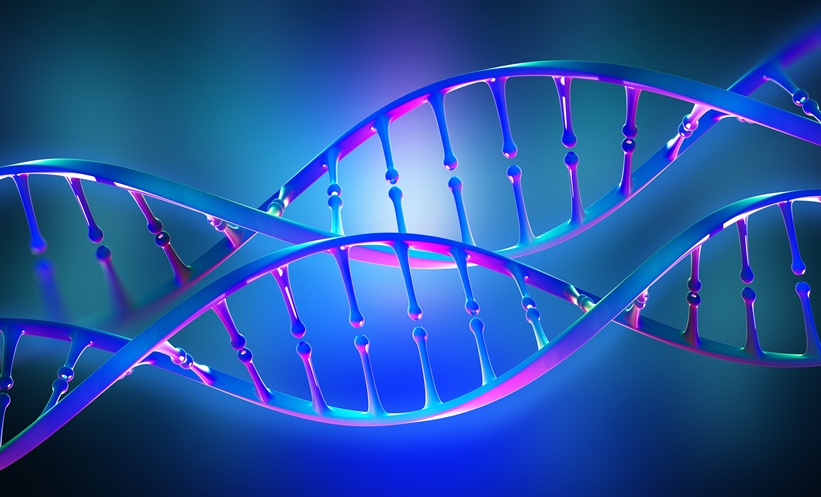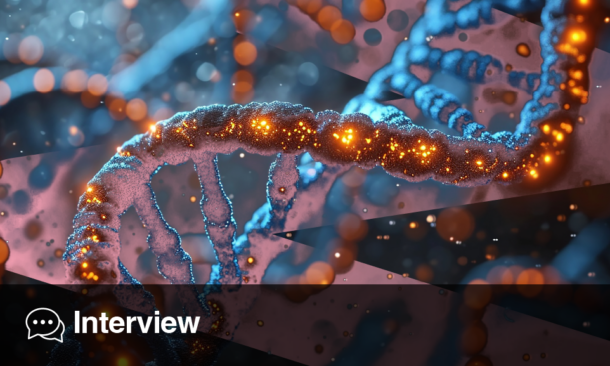BACKGROUND AND AIMS
Bile acid (BA) receptors like farnesoid X receptor (FXR) and TGR5 have been implicated in liver regeneration.1,2 Mechanisms underlying FXR-mediated cell proliferation and liver regeneration are well-studied but those of TGR5 in liver regeneration remain largely elusive. Given the fact that TGR5 is highly expressed in liver sinusoidal endothelial cells (LSEC), the authors have investigated the role of BA-activated TGR5 in LSECs during liver regeneration in rat models of 70% partial hepatectomy (PHx).
MATERIALS AND METHODS
The authors have developed PHx and sham rat models and studied the endpoints at Day 2 and Day 5 post-PHx. Primary hepatocytes, LSECs, and hepatic stellate cells have been isolated by collagenase perfusion.3 The gene expression of FXR and TGR5 in liver tissues and LSECs has been studied. BA profiling of portal and peripheral serum in PHx rat models using liquid chromatography-mass spectrometry has been performed. In vitro, the effects of specific BA have been investigated on angiocrine factors4 and pathways released by LSECs in presence of and absence of TGR5-small interfering RNA (siRNA). In vivo effects of TGR5 deficiency on LSECs have been evaluated in TGR5 knockout mice. Co-cultures of LSECs and hepatocytes have been performed under different study conditions. To validate their findings, the authors have also studied BA profile and angiocrine factors in the serum of human liver donors (n=5) undergoing hepatectomy for living donor liver transplantation.
RESULTS
The authors show that, in liver tissues and LSECs, TGR5 gene expression is substantially increased at Day 2 post-PHx in comparison to sham. BA profiling clearly demonstrated that secondary BA, such as lithocholic acid (LCA) and deoxycholic acid, are enhanced in PHx compared to sham at Day 2. An inhibition of TGR5 receptor by siRNA in LSECs significantly reduces gene expression of the master regulator of angiocrine factors, inhibitor of differentiation-1 (Id1), and also the expression of angiocrine factors, hepatocyte growth factor (HGF), and wingless-related integration site (WNT2). The gene expression data is also validated by ELISA assays that showed reduced release of HGF and WNT2 in cell soups compared to controls. Also, compared to cell soups obtained from TGR5-siRNA treated LSECs, cell soups obtained from LCA treated LSECs significantly enhanced the proliferation of hepatocytes in both 2D and 3D cultures. Mechanistically, TGR5-siRNA-treated LSECs showed a decrease in the expression of phospho-AKT. In TGR5 knockout mice, LSECs show reduced gene expression of Id1, HGF, and WNT2, compared to wild-type mice. Human donors undergoing hepatectomy with remnant liver volume to total liver volume between 35–40% also have an increased ratio of serum secondary to primary BA with a specific increase of LCA and deoxycholic acid along with WNT2 and HGF levels at Day 2 post-hepatectomy.
CONCLUSION
The authors provided a novel link between secondary BA-dependent TGR5 activation and angiocrine signalling in LSECs. Deficiency of TGR5 in LSECs disrupts the Id1 angiocrine signalling pathway, reducing the release of HGF and WNT2 and hence hepatocyte proliferation after PHx. LCA-TGR5 constitutes a key upstream signal activating the Id1-PI3-AKT pathway in LSECs during early liver regeneration.







